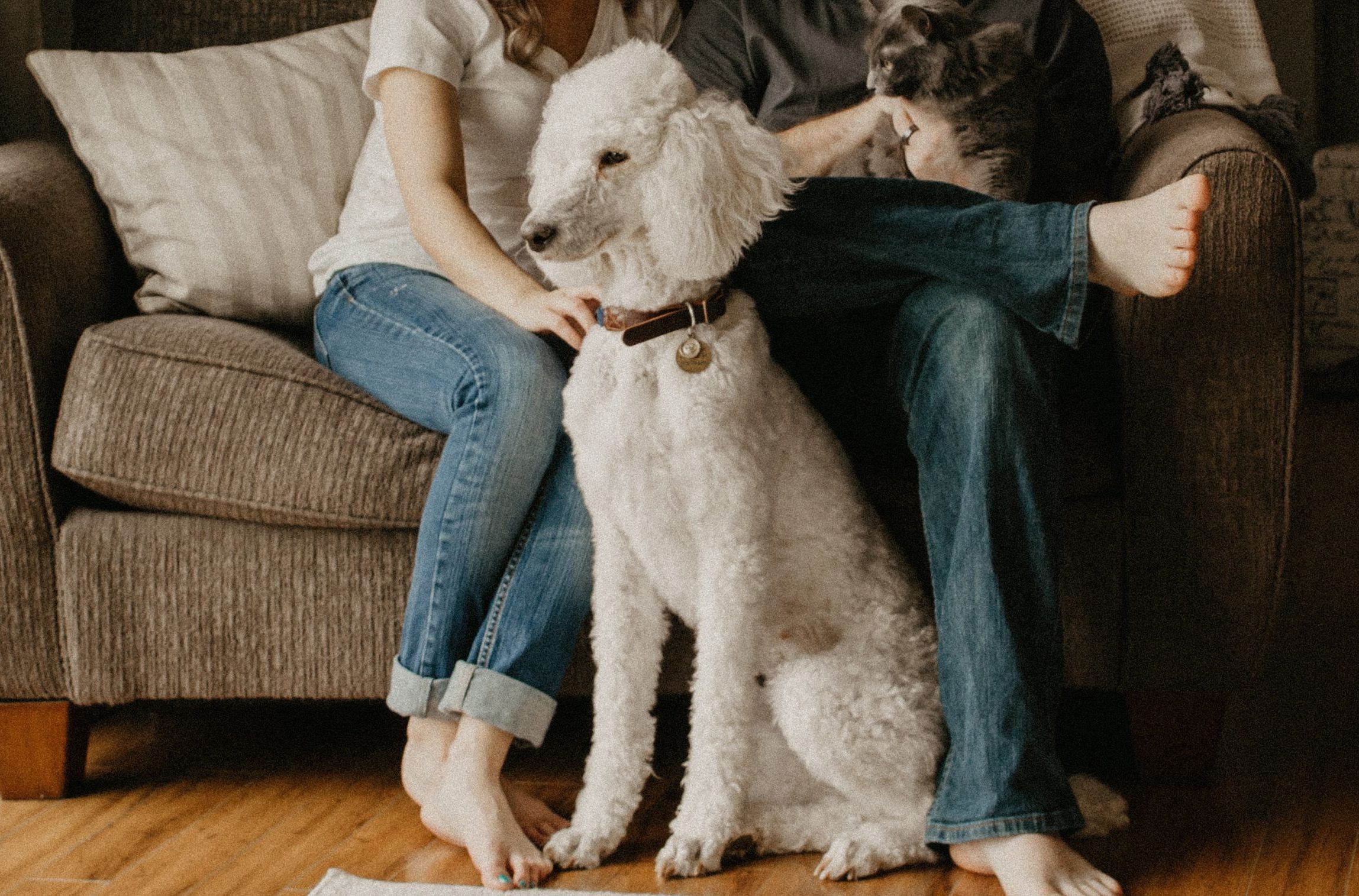We’re Just a Message Away
Reach OutJust like humans, moving can also be a stressful process for your pet. Thankfully, with the right planning and preparation, you can make the transition as easy as possible for both of you.
Here are a few quick tips for planning your move as a pet parent.
Make an Appointment With Their Vet
The best place to start when planning a move with your pet is with their veterinarian. As an experienced animal caregiver, your vet can help you build a complete preparation checklist and offer extra steps for ensuring your pet is calm and comfortable during the move.
You may also need to coordinate changes to your pet’s health care routine based on how far away you’ll be moving. For instance, if you’re relocating across the country or province, you will need to find a reputable veterinarian in your new town or city. Your current vet should be able to recommend a great animal hospital near your new home. They’ll also help you transfer your pet’s existing medical records to the new vet.
Moving Day
Moving day can be quite stressful for both people and pets. As you will have a lot on your hands already, planning accommodations for your pet ahead of time is the best way to be prepared. Keeping your pet separated from the often chaotic moving process can prevent them from being startled and making a getaway attempt while the moving van is being loaded. If you’re simply moving across town, consider making daycare or pet sitting arrangements on moving day.
If it’s not possible to have your pet stay elsewhere on moving day, keep them in a familiar room with the door closed to reduce the noise and commotion they’re exposed to.
Looking for more helpful articles about settling in the Bay of Quinte Region? Check out these blog posts.
- Working From Home in the Bay of Quinte With Style
- Our Favourite Belleville Restaurants For Date Night
- 5 Things to Know Before Moving to Belleville
Pet Proofing Your New Home
Before settling in, you’ll want to make a few preparations to help your pet transition to the new space. Start with a deep clean. While this is a good idea regardless, if the previous owner of your new home also had pets, any lingering scents could cause anxiety for your furry family members.
Next, reduce any potential hazards that could be a risk to your pet. Ensure there are no pest or rodent traps laying around for them to find accidentally. While they make great housewarming gifts, some common house plants like lilies or aloe can also be toxic or harmful for both dogs and cats. Always do your research or ask a veterinarian before introducing a new plant species to your home.
Getting Settled
For many pets, arriving in a completely new home can be overwhelming. Rather than let them roam free right off the bat, you’ll want to ease them into the new space slowly. To prevent them from being overwhelmed, start by introducing them to one room in your new house first. Pick a quiet room and tailor the space for your pet using treats, food and water, and a few of their favourite toys. Once they seem comfortable, slowly introduce them to other rooms by allowing them to explore the house at their own pace.
If you have a cat, it’s best to relocate their litter box from the original room to a more permanent place in the house over a few days.
Update IDs and Microchips
Even if you’re moving within the same town or city, you will need to update your pet’s identifications, tags and microchips (if applicable). This is one of the most important items on the list, as updating your information is essential to helping your pet get home safe if they’re lost.
For tags and identification, you can update your address via the municipality your pet is currently registered in. Or, if you’re moving to a new town or city, you’ll simply need to register them with the new municipality. If your pet has a microchip, you’ll most likely need to update it directly through the registration database. Most microchips in Canada are part of the EIDAP or AVID Canada, however, you can check your pet’s adoption paperwork or veterinary health records if you’re unsure.
Getting ready to move? We can help you find your dream home and sell your current one. Contact us.








